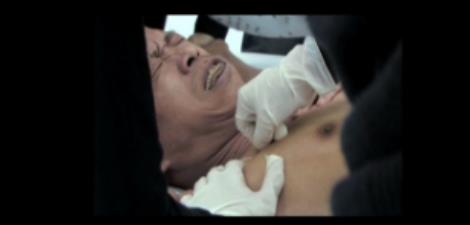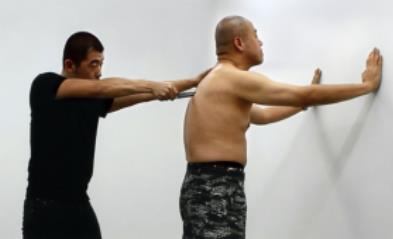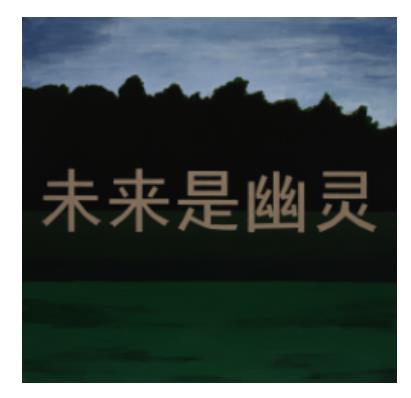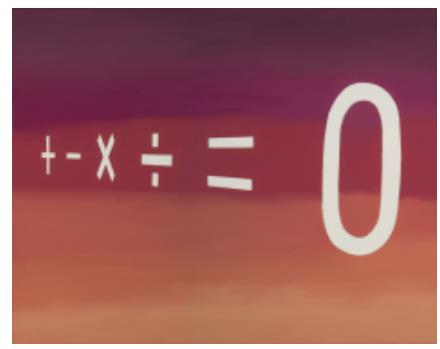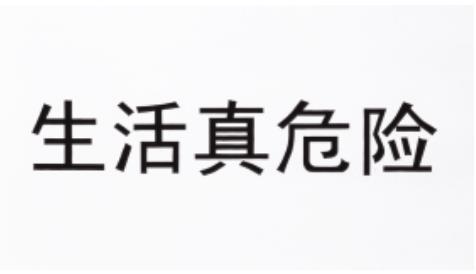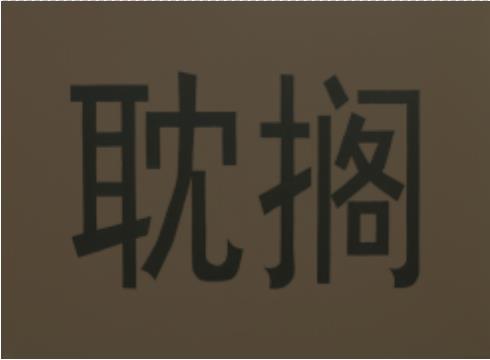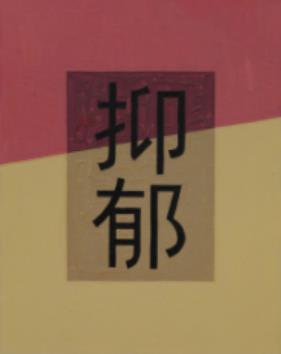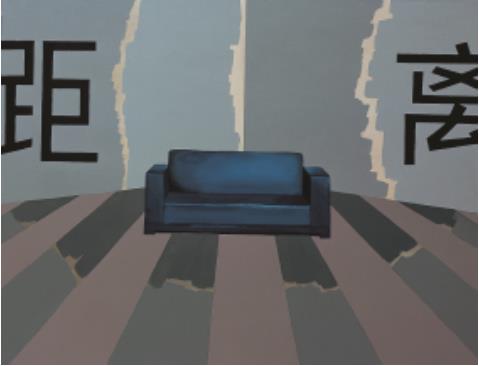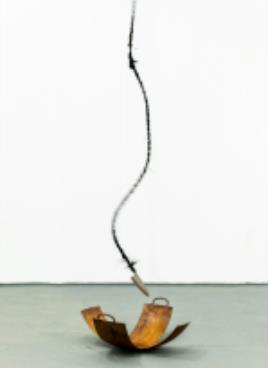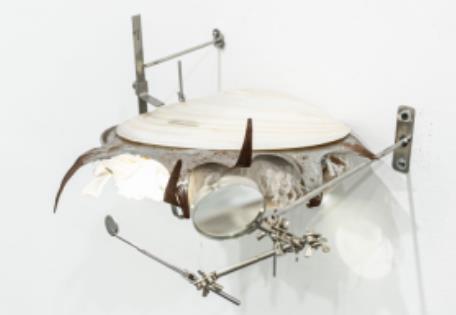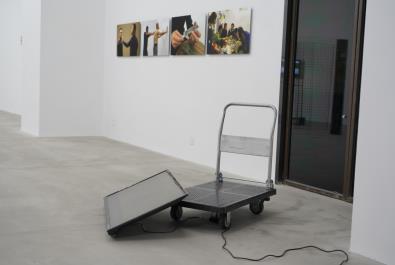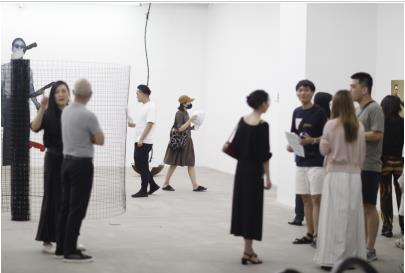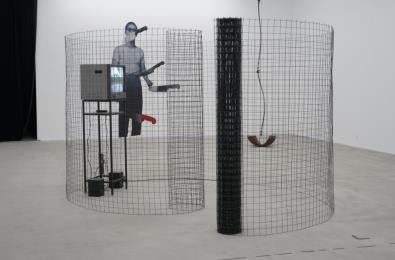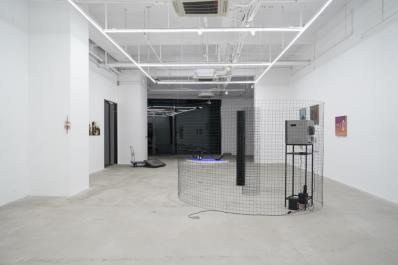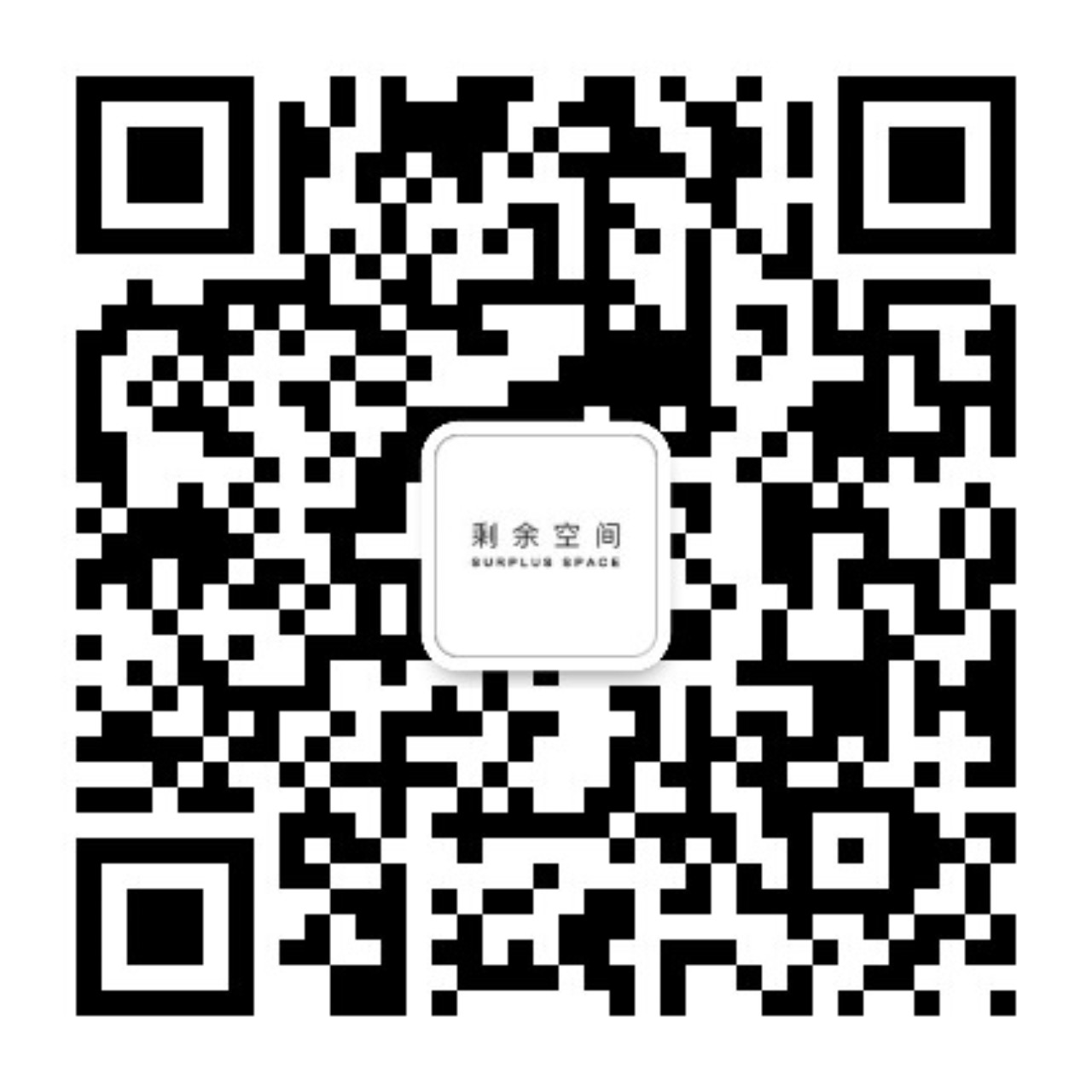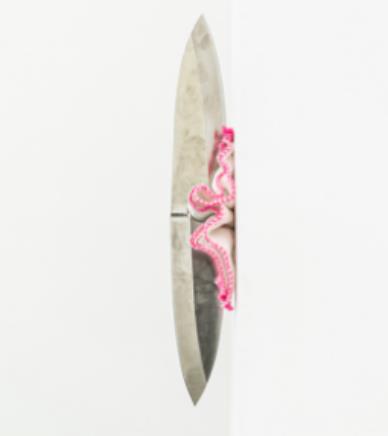
Violence at the Exceptional Moments-Math, Diction and Knives
Producer:Sui Qun
Curator:Lu Mingjun
Artists:Ding Shiwei, He Yunchang, He Zike, Jiang Zhi, Liu Gangshun, Xu Zhen®, Xue Ying, Zhao Zhao, Zhou Jiangshan
Duration: August 7th – November 6th, 2022
Opening: 16:00 August 7th 2022
Address: 2nd-floor Building F, Wuhan Living Room, No.8 Hongtu Avenue, Wuhan.
2022.6.11-2022.8.7
The exhibition took author Wang Anyi’s lecture as a point of departure.
Wang Anyi spoke about the three tools in Ah Cheng’s novels at the online lecture “The History of Civilization in Contemporary Chinese Fiction – on Ah Cheng’s Three Kings” this May. The three tools in Ah Cheng’s novels – namely, The King of Trees, The King of Children and The King of Chess – refer to knife, literature, and art-mathematics respectively. While Wang considered each tool a symbol of civilization, he also examined the true rationale behind Ah Cheng’s creation of the works and the self-positioning within an author who led the marching of the Xúngēn, or root-searching movement. Ah Cheng’s writings is a witness of the “sent-down” which was also part of Wang’s bodily memories of Down to the Countryside Movement. Yet what could explain Ah Cheng’s obsession over the three tools in his books? Wang found his answer in “Yìwénzhì”, or the Treatise on Art and Letters, “lost etiquette may be found in the wilderness.” In times of undue chaos, the wilderness and wilderness alone electrifies the homo sapiens out of the centre,returning to the uncharted territories and hoping to encounter civilization again.
The exhibition, instead of merely recycling Wang Anyi’s thoughts, is an extension of his perspective, calling upon an inquiry into the proliferation, if not contamination, of the tools’ presence. While math, diction and knife are manifested as symbols of civilization, they also became instruments of violence. Zhūyě is an assemblage of such seemingly conflicting yet parallel conditions. Zhū not only stands for variety and togetherness, but also a state of in-betweeness and in-betwixtness. Yě also transcends its original meaning, beholding both the traces of civilization and the quality of violence. Therefore, zhūyě has been translated as violence at the exceptional moment, for the fine line between salvation and its opposite is another fragile earthly frame.
INSTALLATION VIEWS
EXHIBITION WORKS


